PROJECT REVIEW
A CALL FOR CORPORATE ACTION

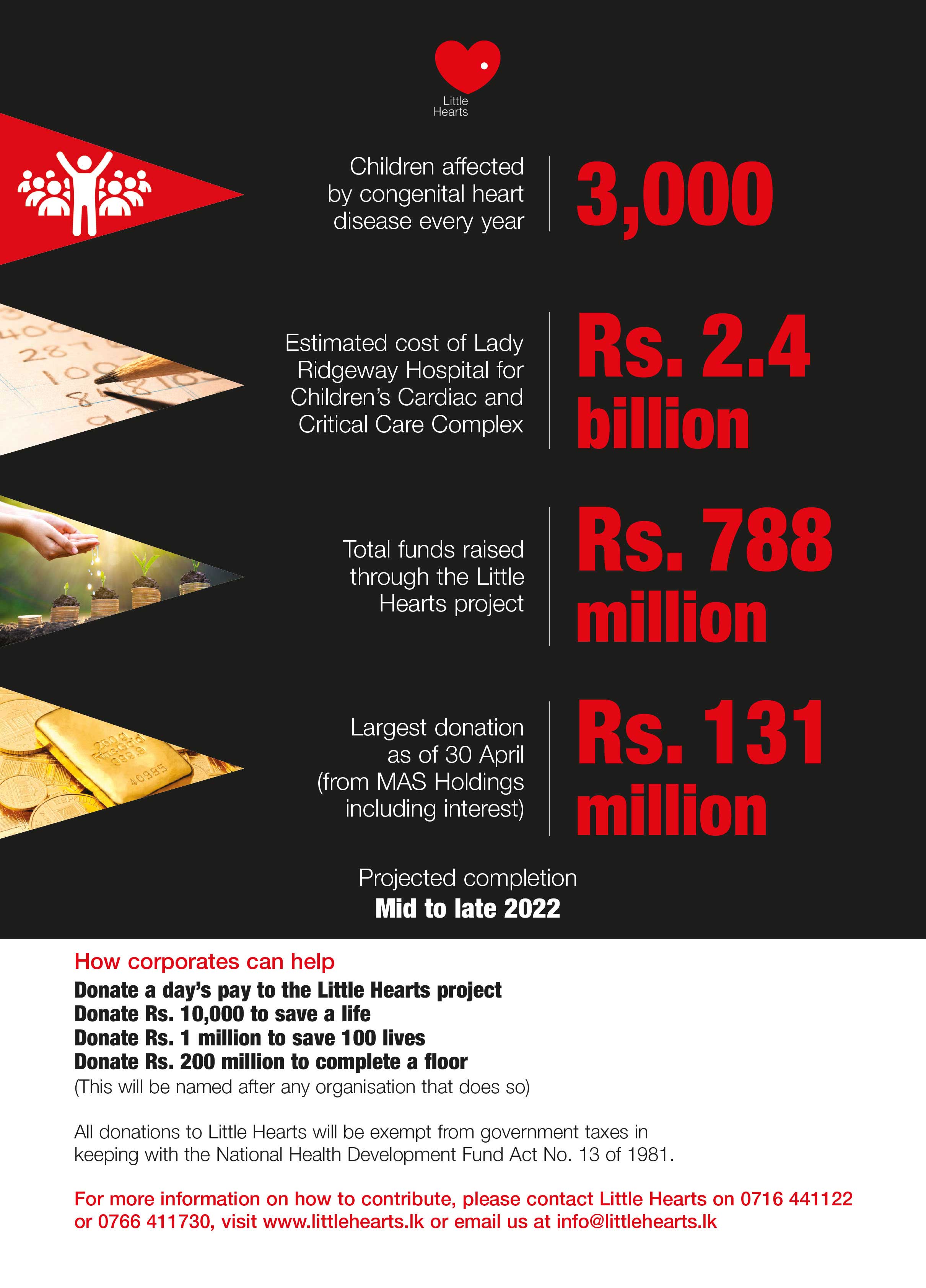
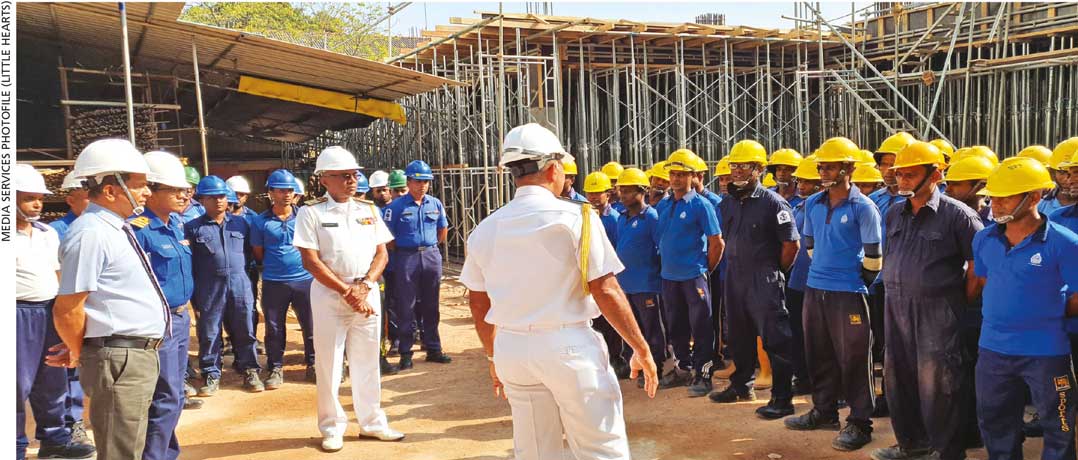 Dr. Duminda Samarasinghe – a Consultant Paediatric Cardiologist at Lady Ridgeway Hospital for Children (LRH) and the Project Director of Little Hearts – and the Director of Creative Software Sushena Ranatunga shed light on the challenges Sri Lanka faces in treating congenital heart disease in children.
Dr. Duminda Samarasinghe – a Consultant Paediatric Cardiologist at Lady Ridgeway Hospital for Children (LRH) and the Project Director of Little Hearts – and the Director of Creative Software Sushena Ranatunga shed light on the challenges Sri Lanka faces in treating congenital heart disease in children.
Additionally, they highlight the role that corporates can play in enabling LRH to provide timely treatment to the country’s children through Little Hearts, a project that aims to raise Rs. 2.4 billion for a cardiac and critical care complex. Lourdes Abeyeratne reports.
Q: Could you shed light on the need for a healthcare facility focussed on treating congenital heart disease in children?
A: Around 330,000 live births take place in Sri Lanka every year and for every 1,000, six to eight newborns have congenital heart disease. As such, we estimate that around 3,000 children with congenital heart disease are born every year. Given this scenario, we should be looking to treat six to eight children with such conditions every day.
All countries arrive at such numbers through estimations based on the overall population since annual figures are likely to increase as the facilities to diagnose such conditions improve.
The two main forms of treatment are as follows: surgeries performed by surgeons; and catheter interventions performed by cardiologists. Presently, we perform three or four surgeries, and a similar number of catheter interventions each working day.
This means that we treat about 900 children through surgery and another 700 with catheter interventions annually. If we’re looking to treat all children with heart disease in Sri Lanka, we must complete around 2,000 of the former and 1,000 of the latter.
One could argue that not every child with congenital heart disease needs to be treated. While this is true, some children need multiple surgeries, increasing the number of annual treatments required to about 3,000.
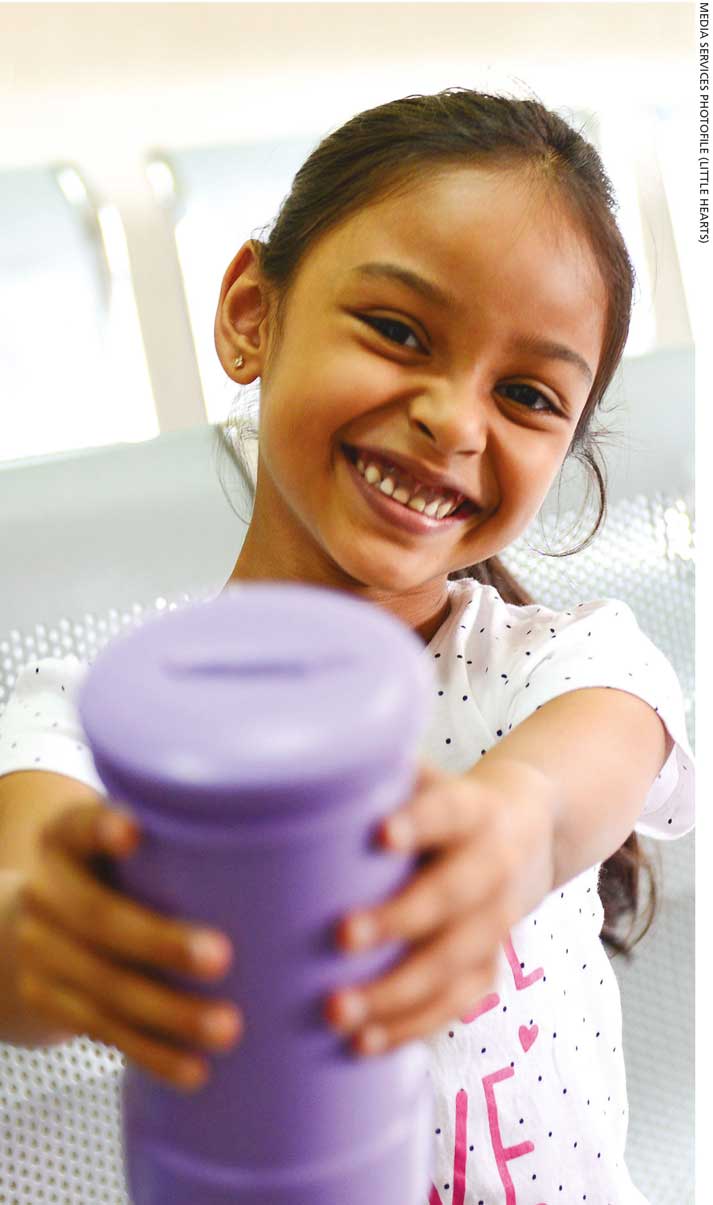 When planning to treat these children, we must keep the needs over the next 20 years in mind. If we’re to build facilities, we must consider the time it will take to complete the construction process and ensure that there will not be issues with service provision at this point.
When planning to treat these children, we must keep the needs over the next 20 years in mind. If we’re to build facilities, we must consider the time it will take to complete the construction process and ensure that there will not be issues with service provision at this point.
People must realise that money cannot always solve these problems. While it is possible to seek treatment elsewhere, these patients will return to Sri Lanka; and if they’re admitted to local hospitals, they will be treated by our cardiologists.
Additionally, a common question we’re asking is how many children are on the waiting list and seeking treatment. However, this is a dynamic figure and we must look to address the problem by targeting the number of children born with congenital heart disease rather than those on the waiting list.
Q: What are the constraints that LRH faces in treating these children?
A: LRH began treating children with congenital heart disease through catheter interventions and surgery in 2006 and 2007 respectively.
Initially, we were able to treat 300-400 cases annually and increased this number over time but since 2011, the figures have been static. If we are to reach our target of treating 100 percent of cases, we must improve our facilities.
There are three basic requirements to treat these children – viz. manpower such as doctors and nurses, infrastructure including theatres, and consumables like saline and the necessary drugs for treatment.
As LRH operates in the government sector, we have issues with all three; but if the situation is to improve, we need the infrastructure to house the manpower and consumables. If we have this, the government will have to provide the necessary people and improve our facilities.
We looked to change this situation, which is why the Little Hearts project was conceived in 2014 with discussions taking place the following year. While plans were in the pipeline, there was no way to proceed without community involvement as the government has many other priorities to focus on.
Since this is our speciality, it is our duty to develop it.

Q: How is the Little Hearts project geared to address this?
A: By 2014, we recognised the need to expand and drew up a plan for a four storey building similar to the ICU complex on which construction commenced in 2007. However, we realised that we could not have another building dedicated solely to cardiac care as this would mean we’d have three such buildings while the hospital has many other specialities.
We decided to construct a 12 storey building housing cardiac facilities including four operating theatres, a catheterisation lab and 36 bed cardiac ICU, as well as other facilities such as medical ICUs, a bone marrow transplant unit and a newborn ICU. The estimated cost at the time was Rs. 2 billion.
In addition, we knew that depending on government funding would result in the project completion taking several years to more than a decade so we sought a different source.
Along with Sushena Ranatunga and his team, we explored several possibilities and compiled several calculations. The people we consulted said such an endeavour would be impossible to undertake as nobody has raised two billion rupees through public donations.
As we analysed these figures, we had hope that people would donate but knew it was a difficult target to meet. But if the project failed, there would be no drawbacks as the cash flow and operations were streamlined in such a way that the donations are used solely for construction.
However, to go about the project the proper way with tender procedures, we would need to prepare bills of quantities (BOQs) among other formalities, which could take more than five years.
We needed to approach a party that would help us bypass these processes. This led to the involvement of the Sri Lanka Navy, which was suggested by Kumar Sangakkara in 2016. Such an approach meant we could proceed with the construction while preparing BOQs as needed.
Following the orders of then President Maithripala Sirisena, the navy began construction in 2017. However, there were issues with tender procedures, cabinet approvals and so on. As such, piling began in August 2018 and ended in December 2019, and the navy began constructing the superstructure in January last year.
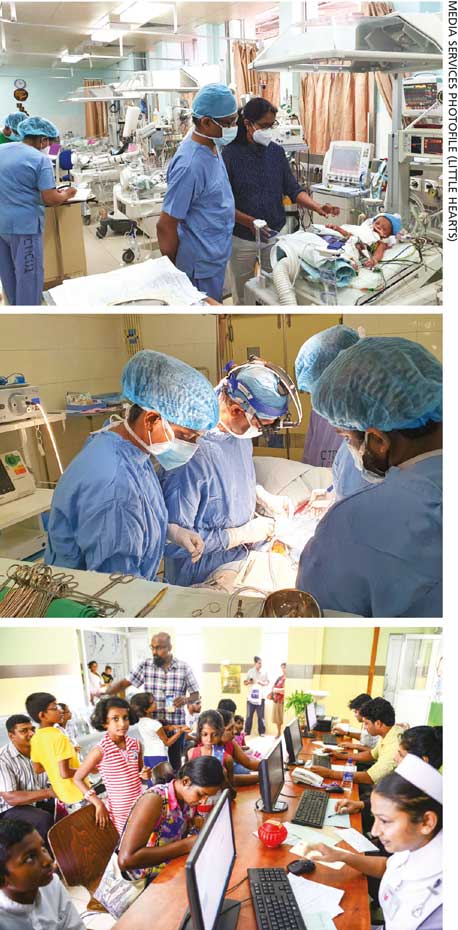 Presently, the ninth floor is being completed and construction of the building will be completed by mid or late next year, and handed over to the hospital.
Presently, the ninth floor is being completed and construction of the building will be completed by mid or late next year, and handed over to the hospital.
Having done several calculations, we realised that 10,000 critically ill children could be treated every year at this complex. So over a lifetime of 20 years, the building could help save 200,000 lives.
The second aspect of the project is to ensure we generate awareness. As has been pointed out to us, people are willing to come forward to support campaigns to mitigate the impact of dengue for example, because everyone is aware of the issue. Therefore, we asked the team to put this in the perspective of a tsunami in order to generate awareness among the public.
Q: What facilities will the completed Lady Ridgeway Hospital’s Cardiac and Critical Care Complex encompass to ensure that those in need are offered equal care?
A: With two cardiac operating theatres and 18 ICU beds, we managed to treat 900-1,000 patients every year. Doubling this would enable us to manage 2,000 surgeries annually.
There will also be three floors for medical ICUs and a bone marrow transplant unit, an NICU for newborns, and a training centre to train nurses and doctors in this high end care.
Q: In your opinion, what will the long-term impact of this complex be?
A: Whether they can afford it or not, children born in Sri Lanka will be able to receive the appropriate service at the right time free of charge.
The fear that Sri Lankan parents bear when I tell them their children have congenital heart disease will be countered in 10-15 years because we will be able to provide the necessary treatment here. If we have the infrastructure, we will eventually acquire the necessary expertise.

Dr. Duminda Samarasinghe
Consultant Paediatric Cardiologist
Lady Ridgeway Hospital for Children
Project Director – Little Hearts
Whether they can afford it or not, children born in Sri Lanka will be able to receive the appropriate service at the right time free of charge
Q: What prompted you and Creative Software to get involved in the Little Hearts project?
A: I was driven by a personal reason – my son was diagnosed with congenital heart disease in 2012, which was around the time I met the team at LRH. Before then, I was not very aware of this condition; I didn’t know there was a major issue in Sri Lanka for such patients or how they were treated.
Moreover, I didn’t realise that congenital heart disease is not covered by local insurance schemes – and obtaining cover leads to high premiums.
When I found out about my son, I was shocked and didn’t know what to do. I met Dr. Duminda Samarasinghe because he was recommended by a paediatrician and we wanted our son to receive the best treatment.
The first thought that came to mind was to take my son to Australia for treatment. Following some inquiries however, we learnt that there was a queue for such operations – and a leading cardiologist pointed out that there was a good team here in Sri Lanka.
Having said that, we still believed we could find the best care overseas; so we took him to Singapore, made inquiries and were happy with the solution offered over there. Following my return to Sri Lanka, I explained to Dr. Samarasinghe that we thought it would be better to take our son to Singapore as the hospital had performed this surgery 79 times.
While he was supportive, he pointed out as I was on my way out that the local surgeon he recommended had completed many more surgeries. This changed our perceptions entirely and we decided to do what was best for our son – and thanks to the team at LRH, he is perfectly healthy now.
Q: In what way are you looking to drive this initiative?
A: During this process, we learnt about what the hospital lacks and what needs to be done, and how parents and children are affected by this disease.
For example, people from rural areas may not have financial capacity to seek treatment in private sector hospitals, and their children may have to be on waiting lists for years.
Moreover, of the 3,000 or so children with congenital heart disease who consult the hospital every year, less than 50 percent can be catered to with the current infrastructure. Various organisations and individuals look to help these children by arranging treatments overseas but there continues to be a backlog.
I felt that we should try to tackle the problem – i.e. the lack of infrastructure. As such, I fully endorsed the Little Hearts project.
A unique feature of this initiative is that all collected funds are placed in the National Health Development Fund in an account allocated for the project. These funds are used only for construction rather than administration or other costs.
Therefore, Creative Software stepped forward to bear the administration expenses of the project. Moreover, we have a full-time employee dedicated to helping with the administration of the project.
In the case of advertising or other requirements, we have taken the responsibility for these costs as well to an extent.
Q: How have the project and fundraising efforts progressed so far – and how important is corporate support in this endeavour?
A: We could not expose this project to the prospect of delays because doing so would mean losing quite a number of children due to not having the infrastructure in place.
So we explored various ways to obtain the necessary funding since much of the hard work was completed vis-à-vis identifying the location for the complex and obtaining approvals.
Therefore, we thought it may be best to use the crowdfunding approach. What came to mind was mobile phone users’ contributions – with 10 million subscribers, if we were able to tap 20 percent of them who contribute Rs. 100 a month, we would be able to raise the necessary funds within two and a half years.
Initially, there wasn’t much progress; but once we began to raise awareness through walks and approaching media institutions, many people found out about the project.
Similarly, many of the sources we approached contributed but we realised that raising 2.4 billion rupees wouldn’t be easy. Because of this, we decided to focus on corporates since we estimated that many companies are doing very well. If we could collect contributions of a day’s pay, it would be a good way to bridge the gap.
Creative Software contributed in this manner with its associate companies donating a day’s pay to Little Hearts. Many companies followed suit with the largest donor being MAS Holdings. Sri Lanka Army, prisoners from the Welikada Prison, schoolchildren and many sectors also came forward to help the project.
Presently, we are about halfway to our fundraising goal and the Sri Lanka Navy has nearly completed nine floors.
Given this, we’re calling corporates to come forward and do their part. This cause does not target children in a particular geographic area in Sri Lanka – the entire Sri Lankan community from Jaffna to Tangalle will depend on these facilities.
If medium or large-scale organisations from the private or public sectors donate substantial sums in the form of a day’s pay in the near future to raise the needed 1.2 billion rupees or so, we will be able to complete the project within the set time frame.
Q: Who are among the stakeholders engaged in this project?
A: Manusath Derana has been a great contributor to the cause as the team understands the importance of saving these children. To this end, it allocated airtime for the project’s campaign free of charge, helping us to take this message to the masses.
Furthermore, an experienced creative team has been necessary given the scale of what we are trying to achieve. Subhash Pinnapola – the CEO and Founder of Storybook – and his team took on this challenge, and were instrumental in producing the logo, theme song, video and other advertising material needed without charge.
The Sri Lanka College of Paediatricians (SLCP) is also a major contributor, serving in a governance role and managing the funds raised through Little Hearts.
Additionally, our volunteer team has served as a considerable strength, organising events for Little Hearts and managing merchandising such as T-shirts.
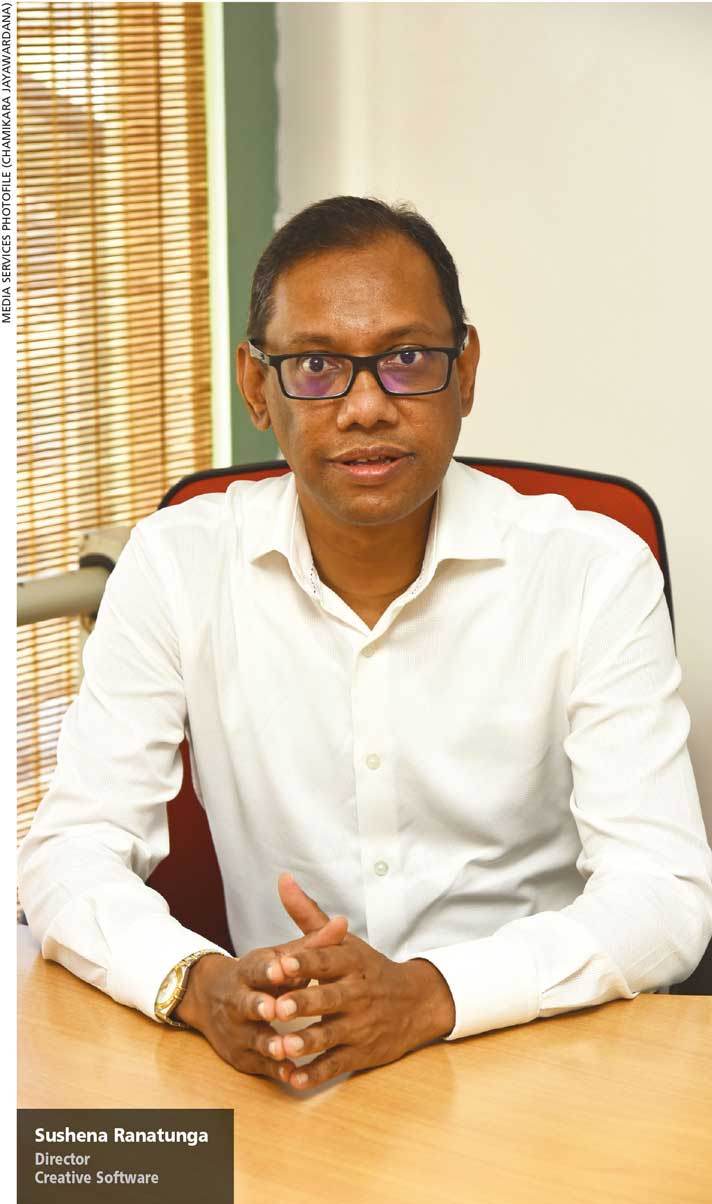
Sushena Ranatunga
Director
Creative Software
Presently, we are about halfway to our fundraising goal and the Sri Lanka Navy has nearly completed nine floors





